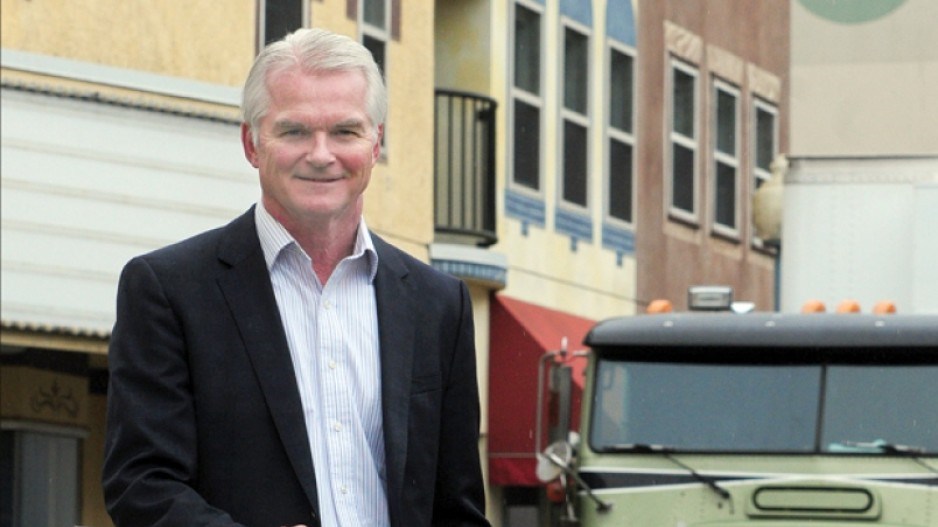What happened: WorkSafeBC publishes safety guidelines for province’s film industry
Why it matters: Film and TV sector is preparing to relaunch as much of the economy reopens
When movie and TV productions resume filming in B.C., don’t expect too many actors breaking into song and dance.
At least, that’s according to guidelines published Friday (June 5) from WorkSafeBC as the province’s film industry prepares to reopen.
“Scenes involving singing, loud yelling, or the use of wind instruments may increase the risk of transmission. Where possible, film these outdoors and/or ensure adequate distancing between people,” the guidelines state.
“The performer has the right to refuse close contact with other performers, such hugging, kissing and stunts requiring close contact.”
WorkSafeBC is also advising industry, which worked alongside the agency on the guidelines, to consider different camera angles and lenses that would allow greater distancing between actors on set.
While non-essential travel across the border remains restricted, the guidelines point out that anyone who does make it across the border will be required to self-isolate for 14 days.
Service work for foreign productions accounted for $2.82 billion out of the $3.4 billion of B.C. film and TV production volume generated during the 2018-19 fiscal year, according to the Canadian Media Producer Association’s (CMPA) Profile 2019 report.
However, an April report from the CMPA concluded disruptions brought on by the COVID-19 pandemic could cost Canada’s film and TV industry as much as $2.5 billion by the end of this month.
The CMPA did not break down the potential losses per province, but B.C. accounts for the largest share of activity nationwide at 37%.
“We really see British Columbia as a go-to place now because of the way the health authorities have handled things,” Peter Leitch, chairman of the Motion Picture Production Industry Association of B.C., told Business in Vancouver just prior to the publication of the WorkSafeBC guidelines.
“There’s no doubt in my mind that we’ll have a competitive advantage here as a result of the care that we’ve taken and also just the safety protocols and the educated workforce that we’ve got up here that understands the importance of that in terms of continuing work. The worst thing that could happen for us is if people return to work too soon, and they get sick and the industry would be down for some time.”
Leitch, who is also president of North Shore Studios and Burnaby’s Mammoth Studios, said his industry would “absolutely” comply with the guidelines, plus more.
“Again, the priority for us is people being confident to come back to work and work in a safe environment, so I think some of the changes we’re going to see is there’s still going to be some social distancing, there’s going to be lots of PPE on sets that we hadn’t had before,” he said.
In the case of makeup and costuming, the guidelines call for workers to wear gowns, smocks or aprons to cover street clothing, which must then be removed and laundered.
Individual stylists should also be assigned to work on only one performer at a time.
Meanwhile, workers who build sets are being told not to share tools whenever possible and to disinfect tools if they do share them.
The guidelines in full can be found here.
In conversation with Peter Leitch:




